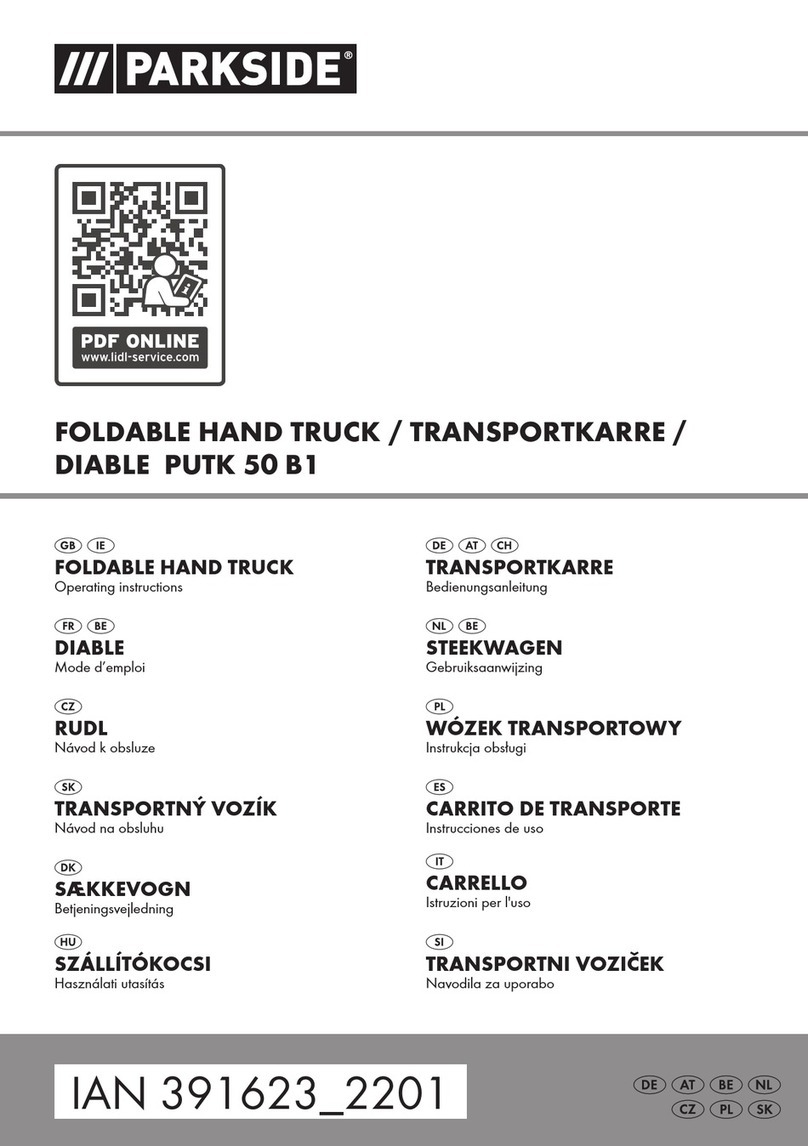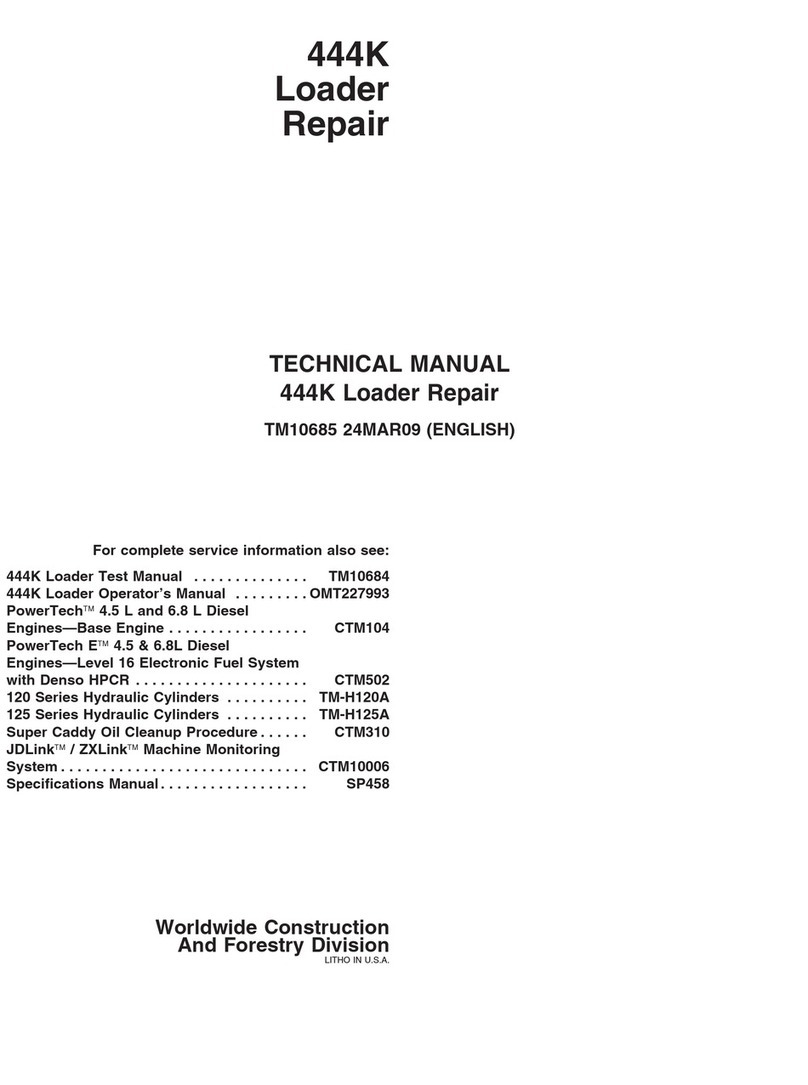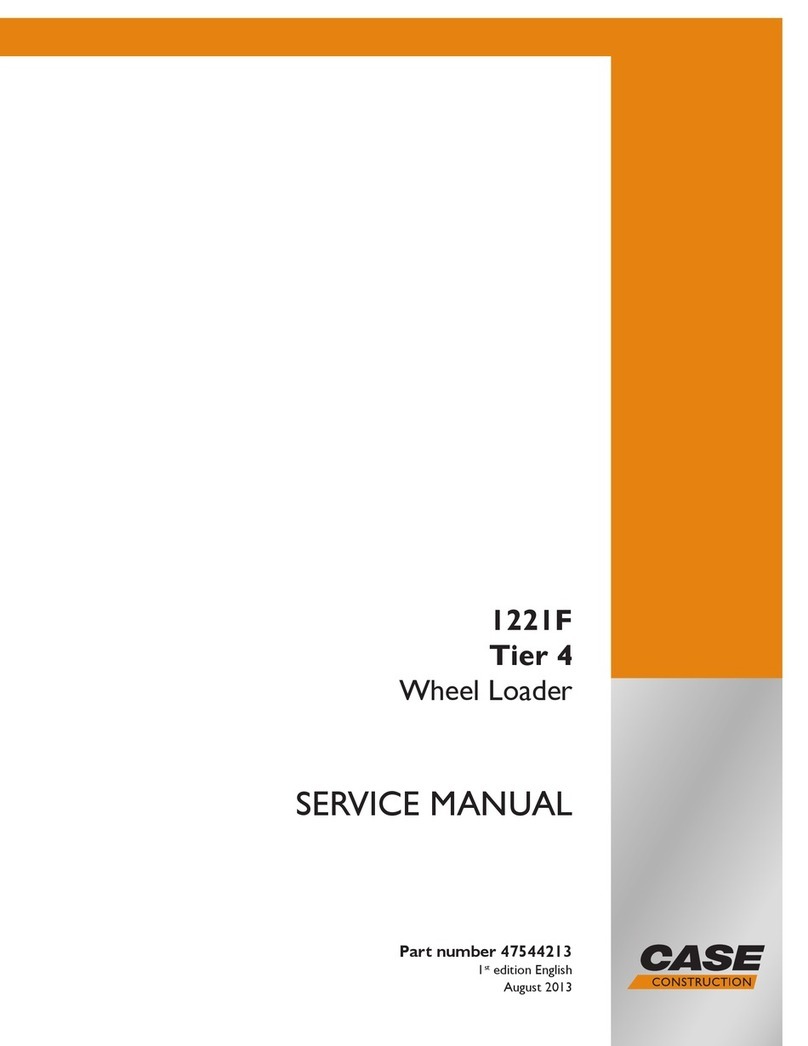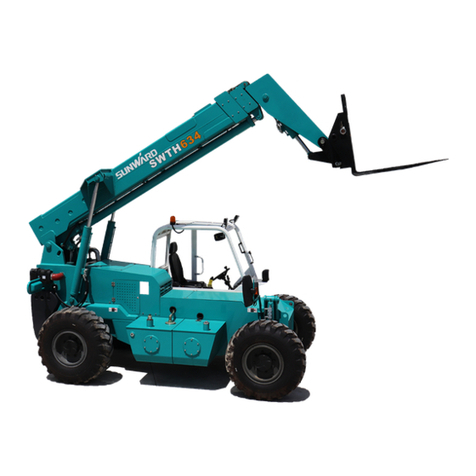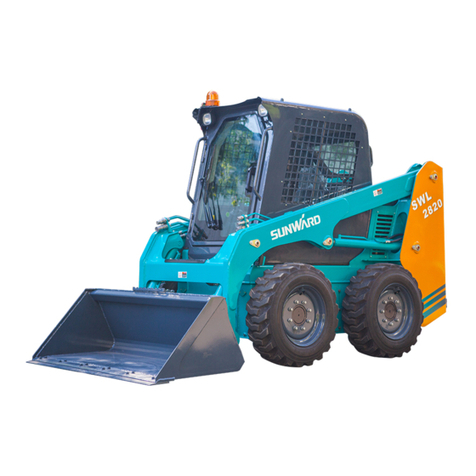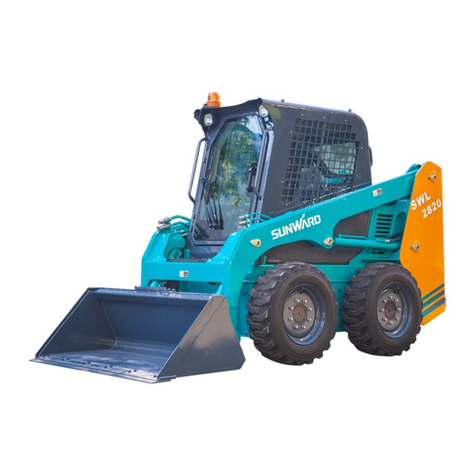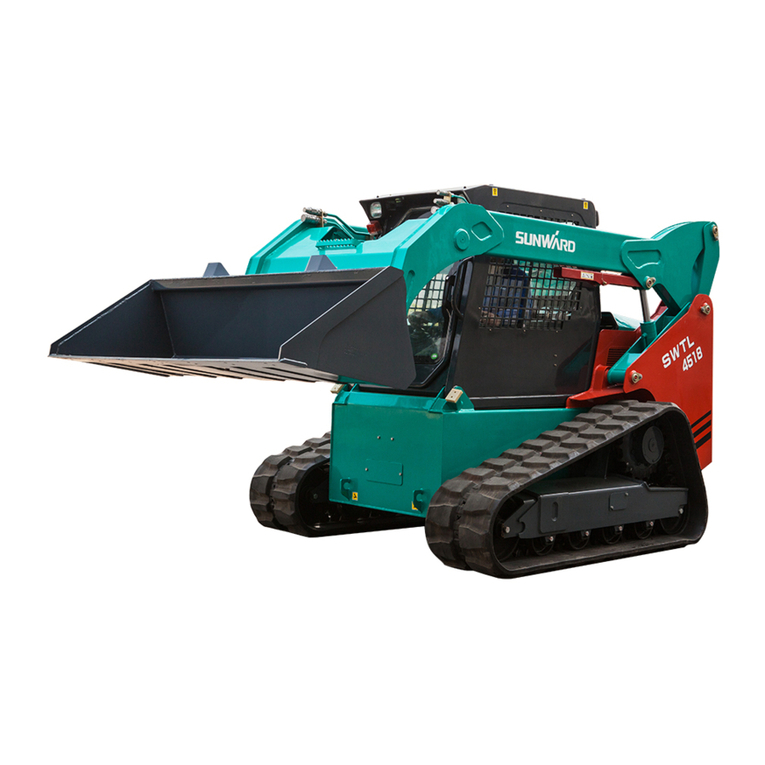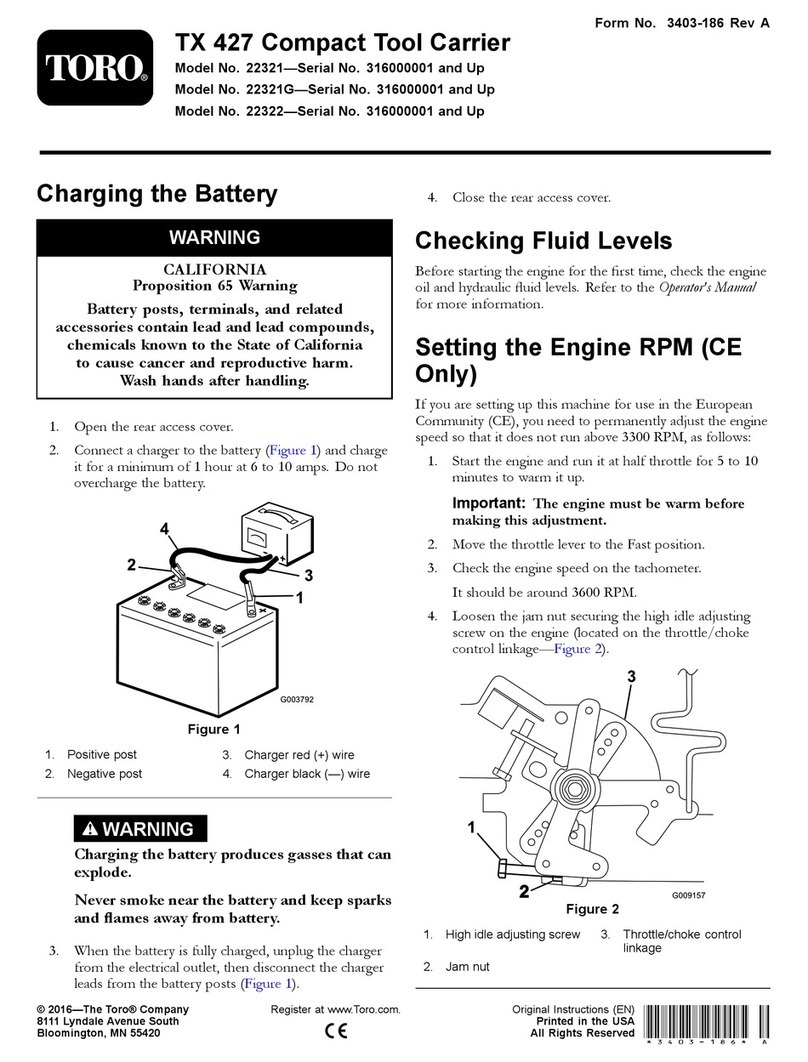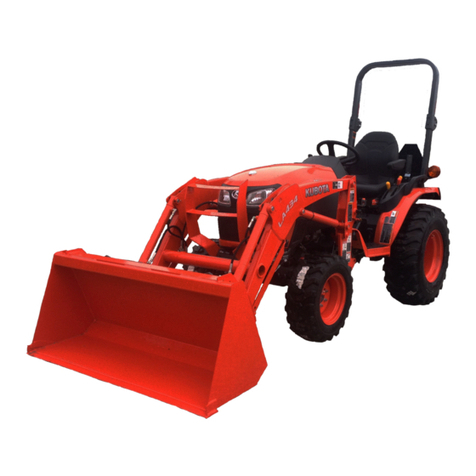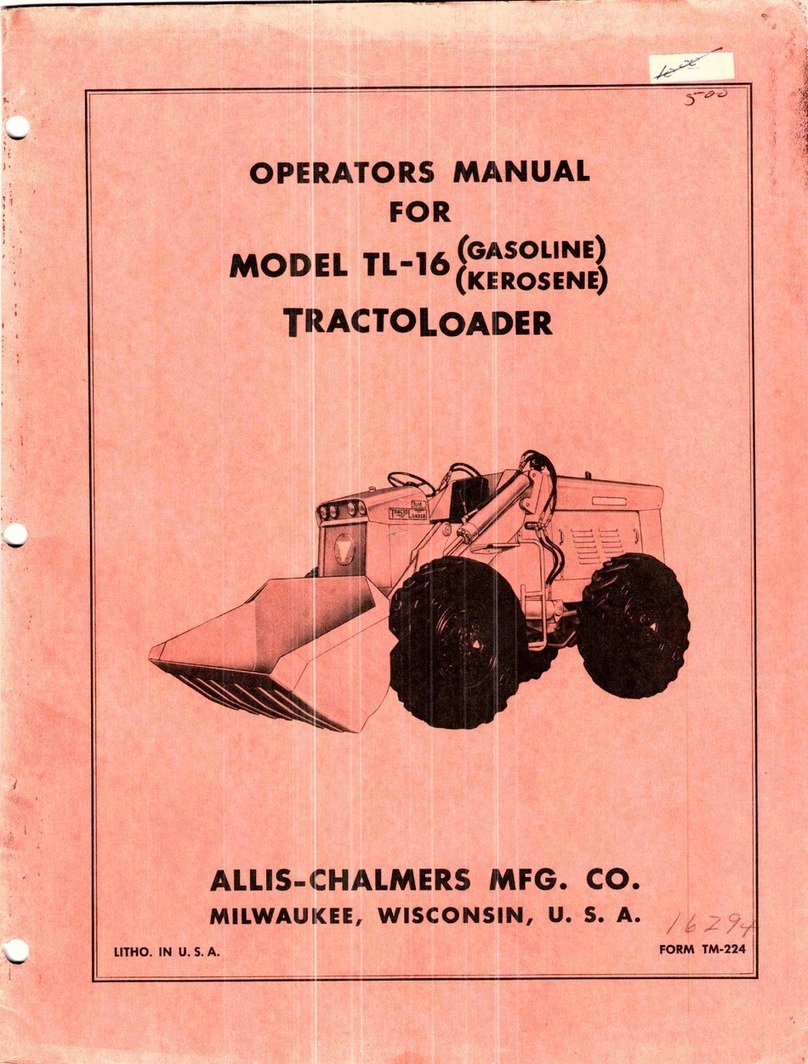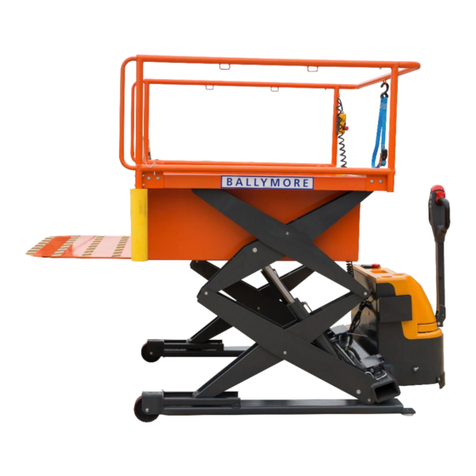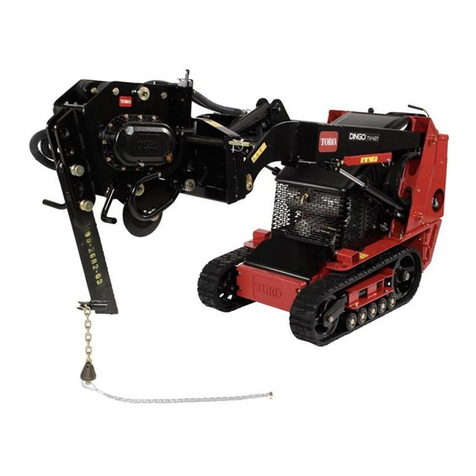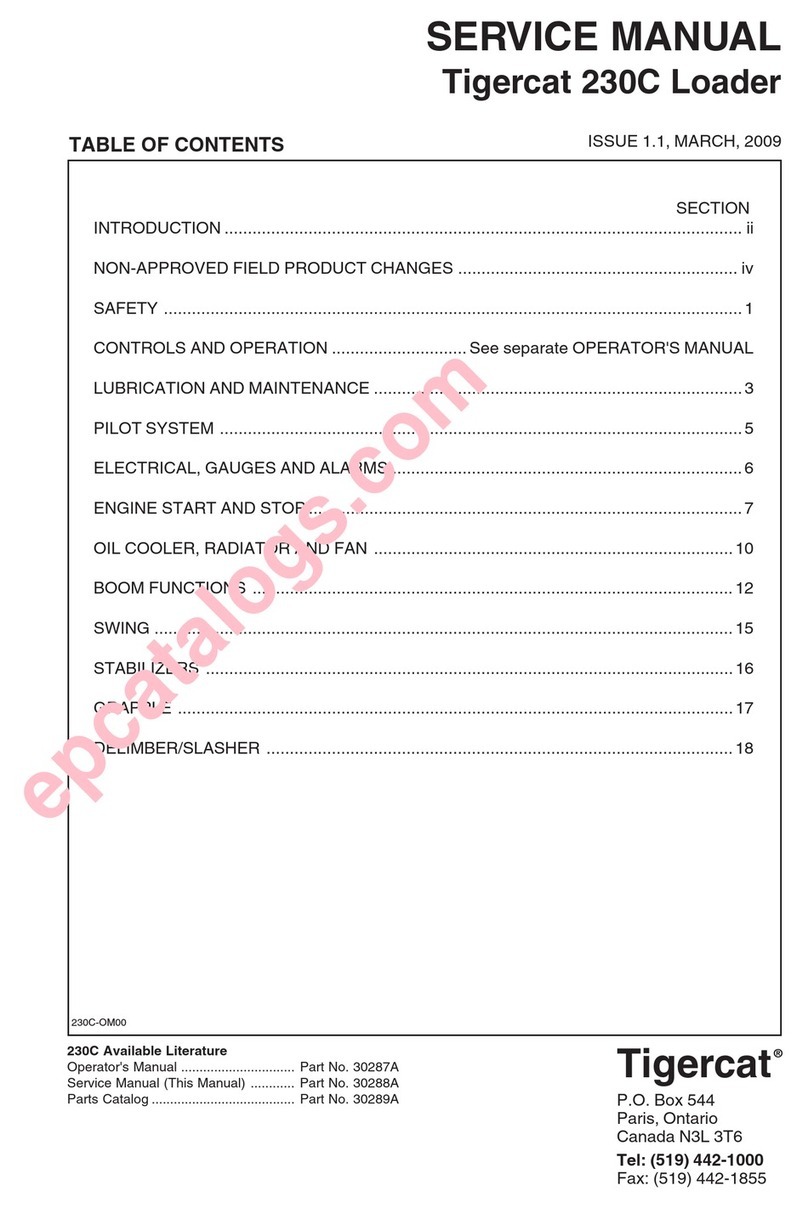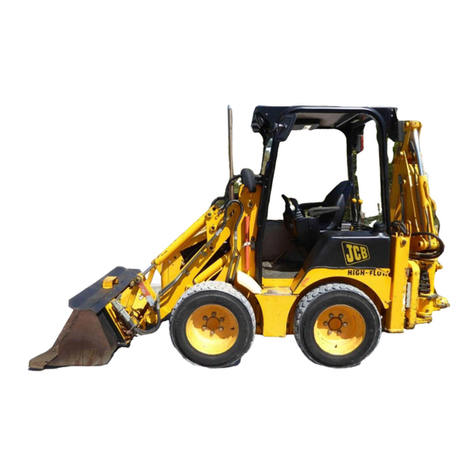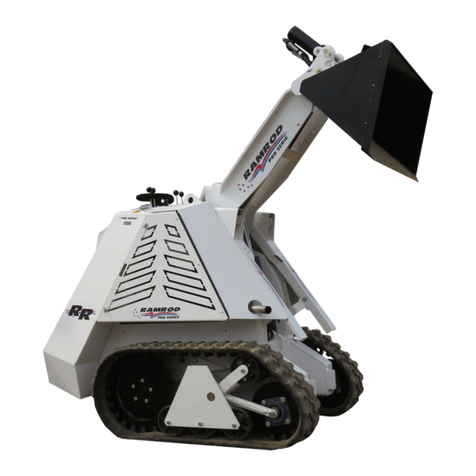SWL3210 Service Manual
2
4.3.1 OUTSIDE VIEW OF GEAR PUMP.......................................................................................... 36
4.3.2 BREAKDOWN DRAWING OF GEAR PUMP ........................................................................ 37
4.3.3 MANIFOLD VALVE................................................................................................................. 37
4.3.4 OUTSIDE VIEW AND ILLUSTRATION OF MANIFOLD VALVE...................................... 37
4.3.5 SET THE DATA ........................................................................................................................ 38
4.4 BUCKET-LIFT VALVE.................................................................................................................... 39
4.4.1 THE OUTLINE AND ILLUSTRATION OF BUCKET-LIFT VALVE.................................... 39
4.5 LARGE FLOW CONTROL BLOCK (ONLY FOR LARGE FLOW SYSTEM)................................................. 41
4.5.1 OUTSIDE VIEW AND ILLUSTRATION OF LARGE FLOW CONTROL BLOCK.............. 41
4.5.2 SET THE DATA ........................................................................................................................ 42
4.5.3 OPERATING HANDLE ............................................................................................................ 42
4.5.4 OUTSIDE VIEW AND DATA OF HAND LEVER.................................................................. 42
4.6 PEDAL OPERATION VALVE ......................................................................................................... 48
4.7 HYDRAULIC DIAGRAM ................................................................................................................ 49
5 ELECTRICAL SYSTEM .......................................................................................................................... 50
5.1 INSTALLATION SITE 1.......................................................................................................................... 50
5.2 INSTALLATION SITE 2.......................................................................................................................... 51
5.3 DIAGRAM............................................................................................................................................ 52
5.4 CIRCUIT DIAGRAM .............................................................................................................................. 54
5.4.1 POWER AND ENGINE CIRCUIT............................................................................................ 54
5.4.2 Safety and protection of circuit................................................................................................... 60
5.4.3 MONITOR CIRCUIT................................................................................................................. 63
5.4.4 LAMP AND FLOAT CONTROL CIRCUIT ............................................................................. 65
5.4.5 OPTION CIRCUIT..................................................................................................................... 67
6 TRAVEL SYSTEM................................................................................................................................... 68
6.1 TRAVEL SYSTEM COMPONENT....................................................................................................... 68
6.1.1 WHEEL SHAFT......................................................................................................................... 69
6.2 POWER TRAIN MAINTENANCE ............................................................................................................. 71
6.2.1 REMOVAL OF THE FRONT WHEEL SHAFT AND REAR WHEEL SHAFT ..................... 71
6.2.2 CLEANING AND INSPECTION .............................................................................................. 75
6.2.3 REPAIR OR REPLACEMENT ................................................................................................. 75
6.2.4 INSTALLATION ....................................................................................................................... 75
7 MAINTENANCE ...................................................................................................................................... 77
7.1 REQUIREMENT SERVICE.............................................................................................................. 77
7.2 ADVICE FOR THE MAINTENANCE.............................................................................................. 77
7.3 DESCRIPTION FOR MACHINE MAINTENANCE........................................................................ 78
7.3.1 ENGINE DESCRIPTION .......................................................................................................... 78
7.3.2 SAFETY BELT .......................................................................................................................... 78
7.4 MAINTENANCE PLAN ................................................................................................................... 79
7.4.1 BEFORE STARTING ................................................................................................................ 82
7.4.1.1 CHECKING ENGINE OIL LEVEL ...............................................................................................................82
7.4.1.2 CHECKING ENGINE COOLANT LEVEL...................................................................................................82
7.4.1.3 CHECKING ENGINE FUEL LEVEL..................................................................................................................82
7.4.1.3 CHECKING THE HYDRAULIC OIL LEVEL..............................................................................................82
7.4.1.4 CHECKING THE ELECTRIC CABLES .......................................................................................................82
7.4.1.5 CHECKING THE TIRES ...............................................................................................................................83
7.4.1.6 CHECKING THE SAFETY BELT ................................................................................................................ 83
7.4.1.7 CHECKING THE LEAKING OF OIL ...........................................................................................................83
7.4.1.8 CHECKING THE QUICK COUPLER...........................................................................................................83
7.4.1.10 ECKING THE WATER AND SEDIMENTS SEPARATOR.............................................................................83
7.4.2 EVERY 50 HOURS OF OPERATION...................................................................................... 83
7.4.2.1 CHECKING THE COOLER PIPES.....................................................................................................................83
7.4.2.2 CHECKING THE COOLANT LEVEL..........................................................................................................84
7.4.2.3 CHECKING THE TIRE PRESSURE.............................................................................................................84
7.4.2.4 GREASING THE PINS OF BOOM AND CYLINDERS ..............................................................................84
7.4.2.5 CHECKING THE WHEEL NUT DRIVING TORQUE................................................................................. 84
7.4.3 EVERY 100 HOURS OF OPERATION .......................................................................................... 84
7.4.3.1 CLEANING THE TERMINALS OF THE BATTERY........................................................................................84
7.4.3.2 CLEANING THE OIL TANK’S BREATHER ....................................................................................................84
7.4.3.3 CHECKING THE CYLINDER RODS ................................................................................................................84
7.4.3.4 GREASING ALL OF PINS..................................................................................................................................85

